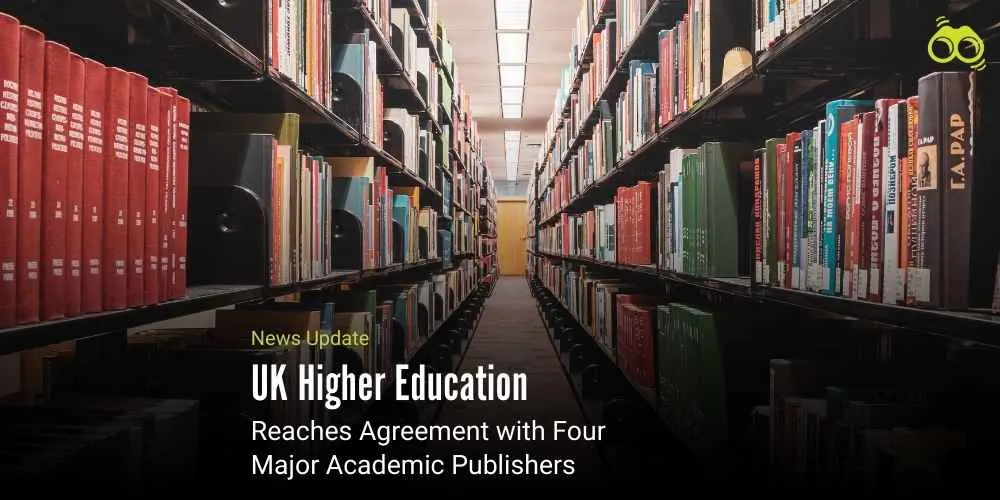Cambridge Education Expands Across South Asia, Driven by India’s Strategic Growth
Cambridge Milestone Highlights India’s Rising Influence in Global Academic Standards
Cambridge University Press & Assessment announced on July 23 that over 1,000 Cambridge International Schools are now established across South Asia. This milestone highlights the increasing regional demand for internationally recognised curricula, with India being the primary driver of this growth. According to a statement issued in Srinagar, the total number of Cambridge schools in South Asia increased by 16% over the past academic year, rising from 894 in 2023–24 to 1,034 in 2024–25. Significantly, India accounted for over 81% of the newly added schools, bringing its national total to more than 800 institutions. This upward trajectory underscores India’s deepening commitment to global academic standards and its strategic focus on educational excellence and international collaboration.
Moreover, officials highlighted that over 75% of Cambridge International Schools in South Asia are located in India, followed by Bangladesh with 12%. The Bramhapriya World School in Pune was recognised as the 1,000th Cambridge school in the region. While 53% of these institutions are situated in Tier 1 cities, the southern region of India witnessed notable growth in smaller urban centres. Indeed, Tier 2 and Tier 3 cities now comprise 47% of the total, signalling a meaningful expansion of international education beyond metropolitan areas.
Cambridge attributed this surge to a global shift towards international curricula, noting that a record number of students sat for its examinations in 2024. In response to regional feedback, the organisation announced the introduction of a third Cambridge Checkpoint test series, commencing in March 2026, thereby offering schools greater flexibility in scheduling assessments.
Furthermore, students enrolled in the Cambridge pathway may choose from over 50 AS & A Level subjects and more than 70 IGCSE subjects, reflecting the breadth and adaptability of the programme. Vinay Sharma, Senior Vice President for International Education in South Asia, affirmed that reaching the 1,000-school milestone exemplifies Cambridge’s enduring commitment to delivering high-quality education that empowers both learners and educators. This achievement marks a significant step forward in advancing inclusive and globally aligned education across South Asia.
Editor’s Note:
The recent milestone announced by Cambridge University Press & Assessment, crossing 1,000 Cambridge International Schools in South Asia, with over 800 in India, marks a significant moment in the region’s education journey. This 16% year-on-year growth reflects more than just numbers; it shows how education is being reshaped to meet international standards. India’s large share of new schools, over 81%, highlights its growing role as a centre for international education. The spread of Cambridge schools into Tier 2 and Tier 3 cities shows that quality education is reaching beyond metro areas. This supports the goals of the National Education Policy (NEP) 2020, which promotes inclusive and skill-based learning. This growth gives students access to globally recognised qualifications and helps them build key skills like critical thinking, creativity, and adaptability, important for both higher education and future jobs. It also strengthens India’s place in the global education space and encourages more international partnerships and investment.
Skoobuzz asserts this achievement is proof of India’s commitment to preparing students for the future and creating an education system that is modern, inclusive, and accessible to all.














0 Comments (Please Login To Continue)